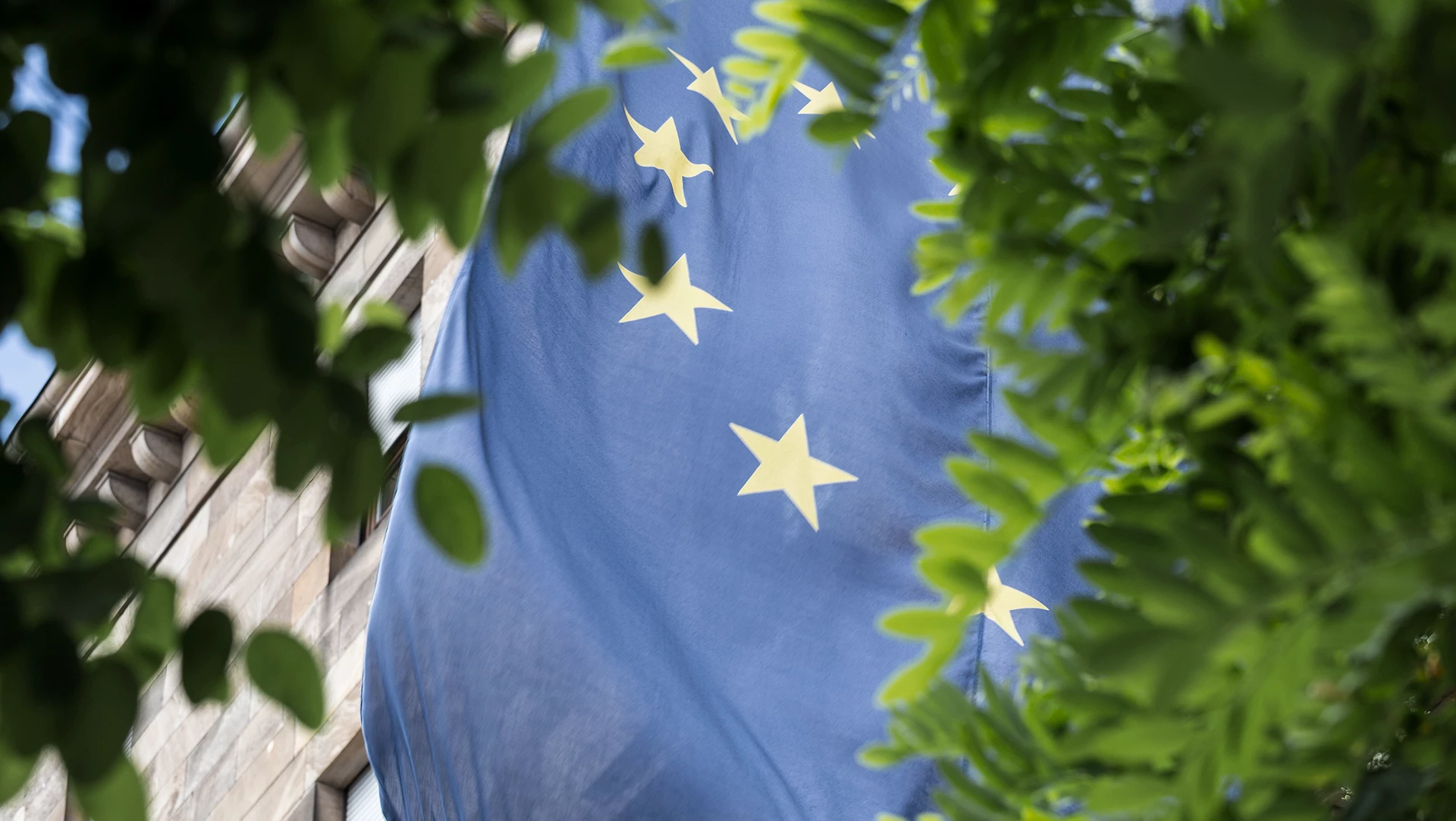Links between the Minimum Safeguards and the broader EU regulatory landscape
Sustainable Finance Disclosure Regulation (SFDR):
The SFDR has introduced a set of disclosure requirements for financial products that either promote environmental or social characteristics (Article 8) or have specific sustainable investment objectives (Article 9). Within these disclosure requirements, the concept of principal adverse impacts (PAI) has been defined. Under the requirements relating to PAI, financial market participants are required to disclose the principal adverse impacts of investment decisions on sustainability outcomes (including environmental, social and employee matters, respect for human rights, anti-corruption and anti-bribery matters).
The Regulatory Technical Standards outlining specific requirements dictate that financial market participants assess investments against 18 mandatory environmental and social PAI. Of these 18 PAI, 5 are of relevance to demonstrating compliance with Minimum Safeguards:
- Violations of UN Global Compact principles or OECD Guidelines for Multinational Enterprises
- Lack of processes and compliance mechanisms to monitor compliance with UN Global Compact principles and OECD Guidelines for Multinational Enterprises
- Unadjusted gender pay gap
- Board gender diversity
- Exposure to controversial weapons (anti-personnel mines, cluster munitions, chemical weapons, and biological weapons)
From the above list, the first two are of most relevance for demonstrating compliance with Minimum Safeguards. As the indicators cover both the direct violation of principles and the existence of policies to monitor them, it can be understood that both performance and process are adequately covered.
The definition of sustainable investment under SFDR is broader that that outlined in the Taxonomy Regulation, and therefore the Minimum Safeguards. It is therefore recommended that the five mandatory social PAIs above remain the focus of reporting. SFDR and Minimum Safeguard definitions both reference the OECD Guidelines for Multinational Enterprises, which include the UNGPs, so can be considered aligned. It is worth noting that companies with exposure to controversial weapons are not able to define activities as taxonomy aligned due to non-compliance with the do no significant harm principle under SFDR.
Corporate Sustainability Reporting Directive (CSRD):
The CSRD outlines both what and how sustainability-related information is disclosed. The new regulation will act to amend the Non-financial Reporting Directive (NFRD), provisions of the Transparency Directive, the Audit Directive, and the Audit Regulation, and will initially apply to companies with more than 250 employees, a turnover of over EUR 40 million and a balance sheet of more than EUR 20 million.
Although the standards that will underlie the CSRD disclosure requirements, the European Sustainability Reporting Standards (ESRS), have not yet been finalised, it is so far clear that the standards will draw from concepts outlined by the UNGP and so will broadly align with Minimum Safeguards criteria. However, at this stage it cannot be said that mandatory disclosures required by CSRD will be sufficient to fully satisfy alignment with Minimum Safeguards. For example, it is not clear if or how Minimum Safeguard “taxation” criteria will be covered by the CSRD.
Companies within scope of the CSRD will be required for the first time to ensure that sustainability-related disclosures are audited by a third party. Within the final report, the Platform on Sustainable Finance expressed desire for the CSRD to fully incorporate compliance indicators for Minimum Safeguards, allowing for the auditing of Minimum Safeguard disclosures under the main audit of other sustainability disclosures, thereby reducing the administrative burden.





